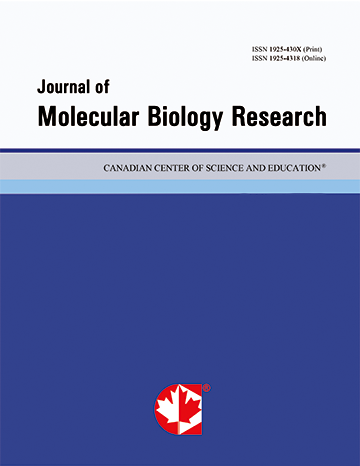Cytosol-Exposed Lysine Residues Affect the Cytosol-Membrane Distribution and Serine-129 Phosphorylation of Alpha-Synuclein
- Shiqing Lu
Abstract
Familial Parkinson’s disease and other neurodegenerative diseases known as synucleinopathies are strongly associated with α-Synuclein (αS) missense mutations. One of these mutations, E46K, had been hypothesized to increase the electrostatic attraction of αS to neuronal vesicle membranes due to positively charged lysine that attracts negatively charged phospholipid head groups. Here, we confirm the biochemical mechanism of E46K through four compound mutants, each with three replacements with lysine on a cytosol-exposed position of the αS alpha helix. We show that the cytosolic αS to membrane-bound αS ratios are significantly lower, and that the phosphorylation rates of serine-129-a pathological marker-are pronouncedly higher for the mutants than for wild type. This experiment addresses the previous knowledge gap in the understanding of basic amino acid replacements in cytosol-exposed positions of αS. Importantly, the validated effect of cytosol-exposed lysine residues has implications for exploring the mechanism of pathogenesis of αS mutants in familial Parkinson’s disease.
- Full Text:
 PDF
PDF
- DOI:10.5539/jmbr.v12n1p1
Index
Contact
- Grace BrownEditorial Assistant
- jmbr@ccsenet.org
